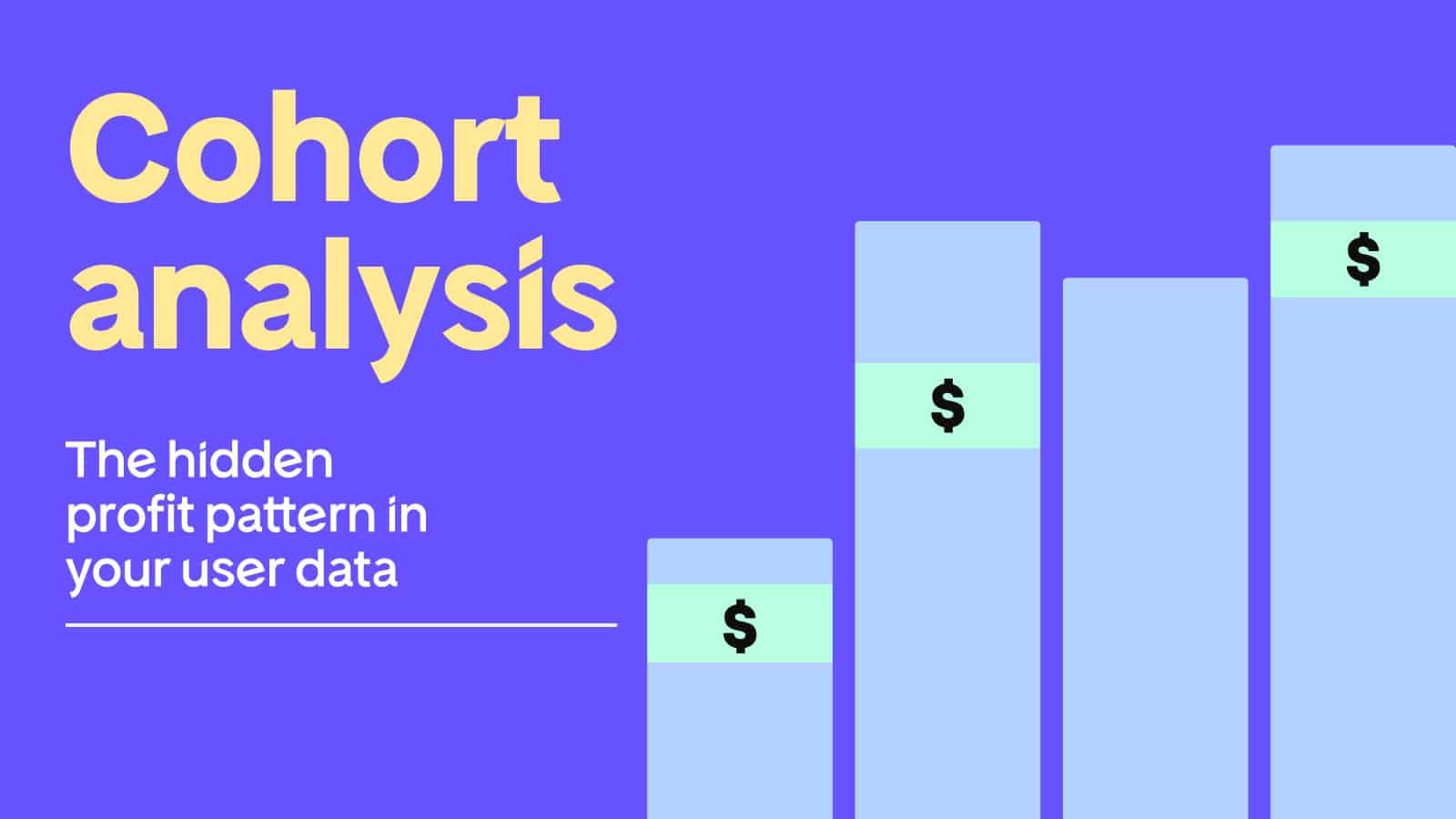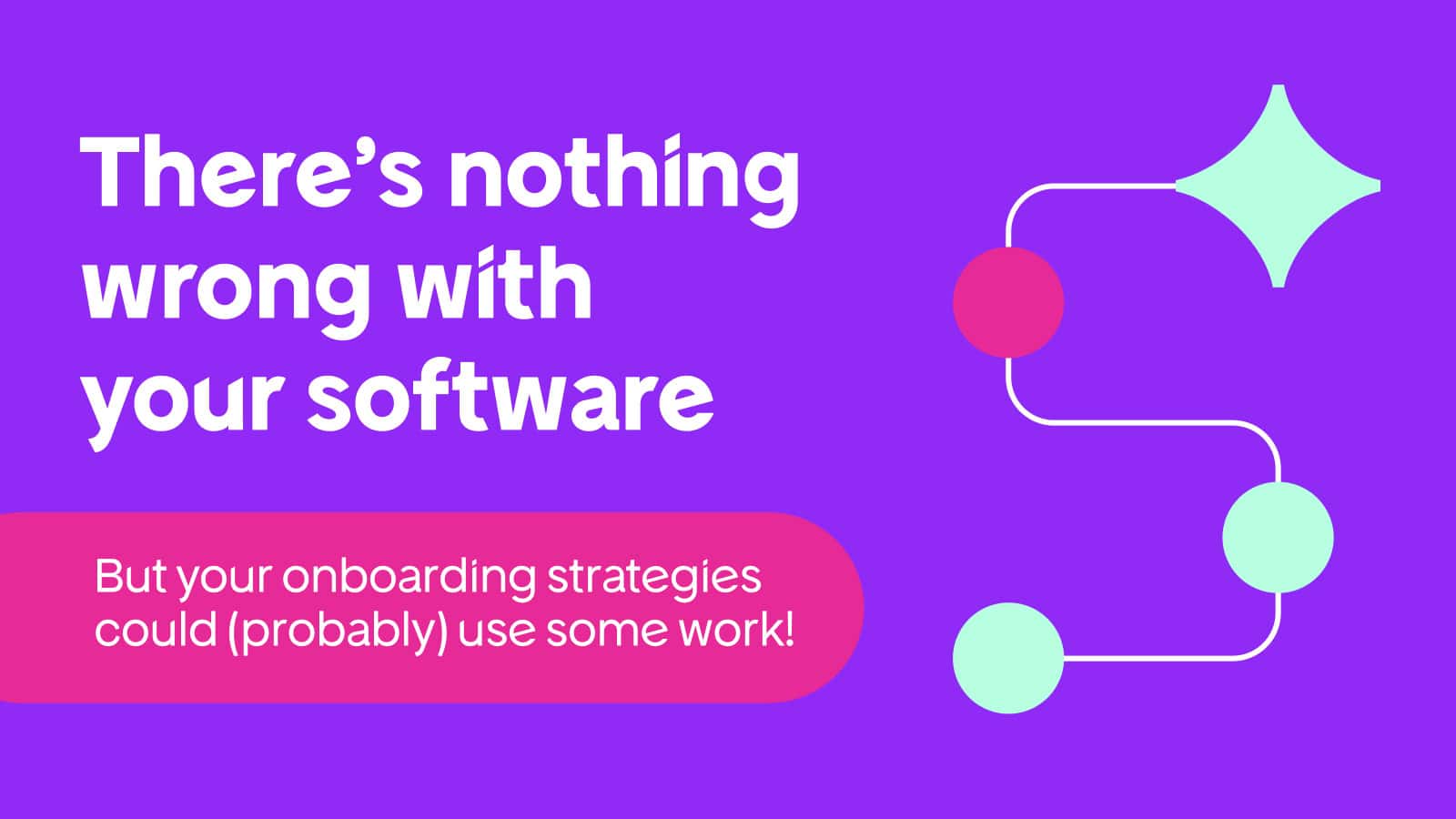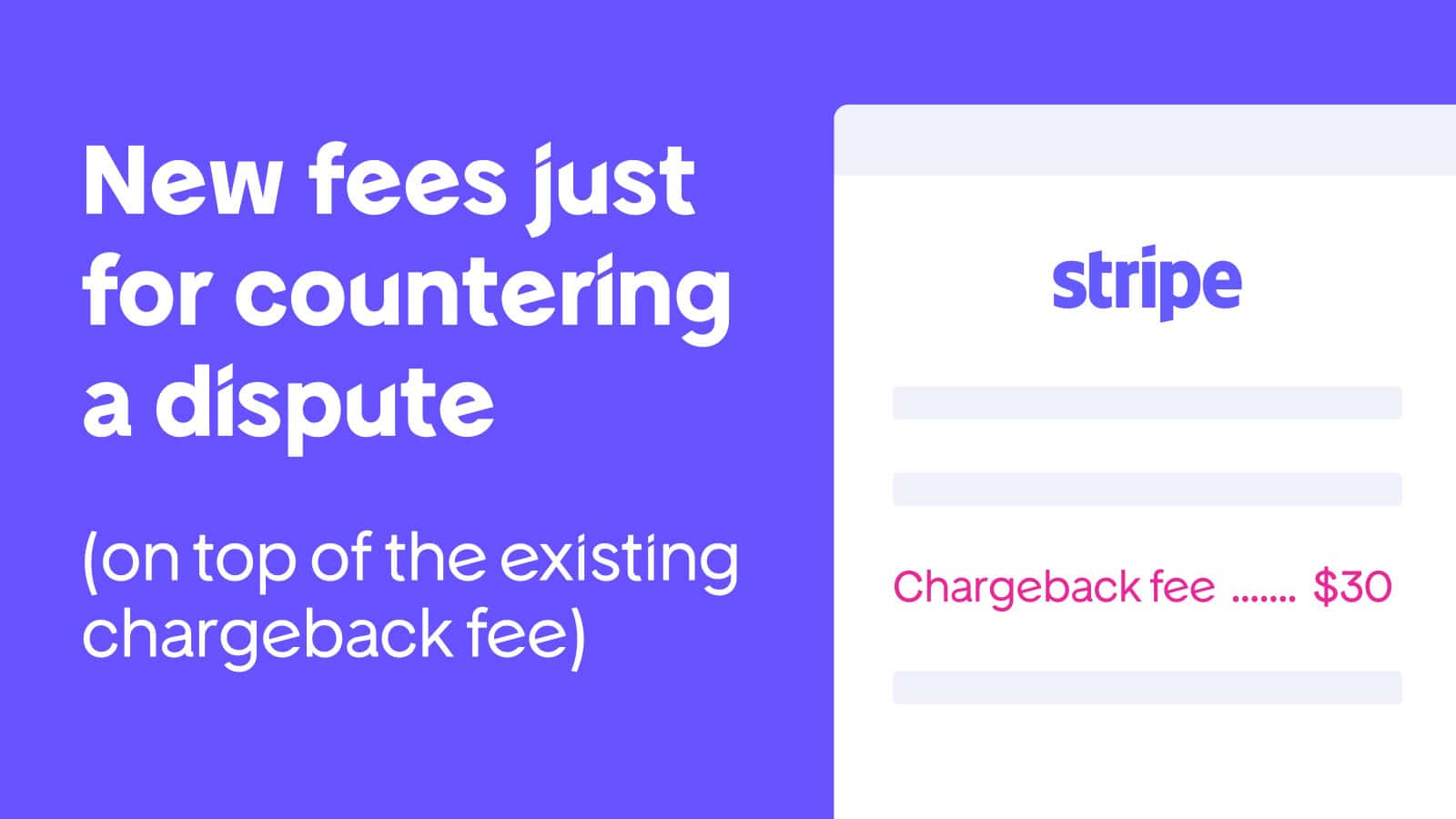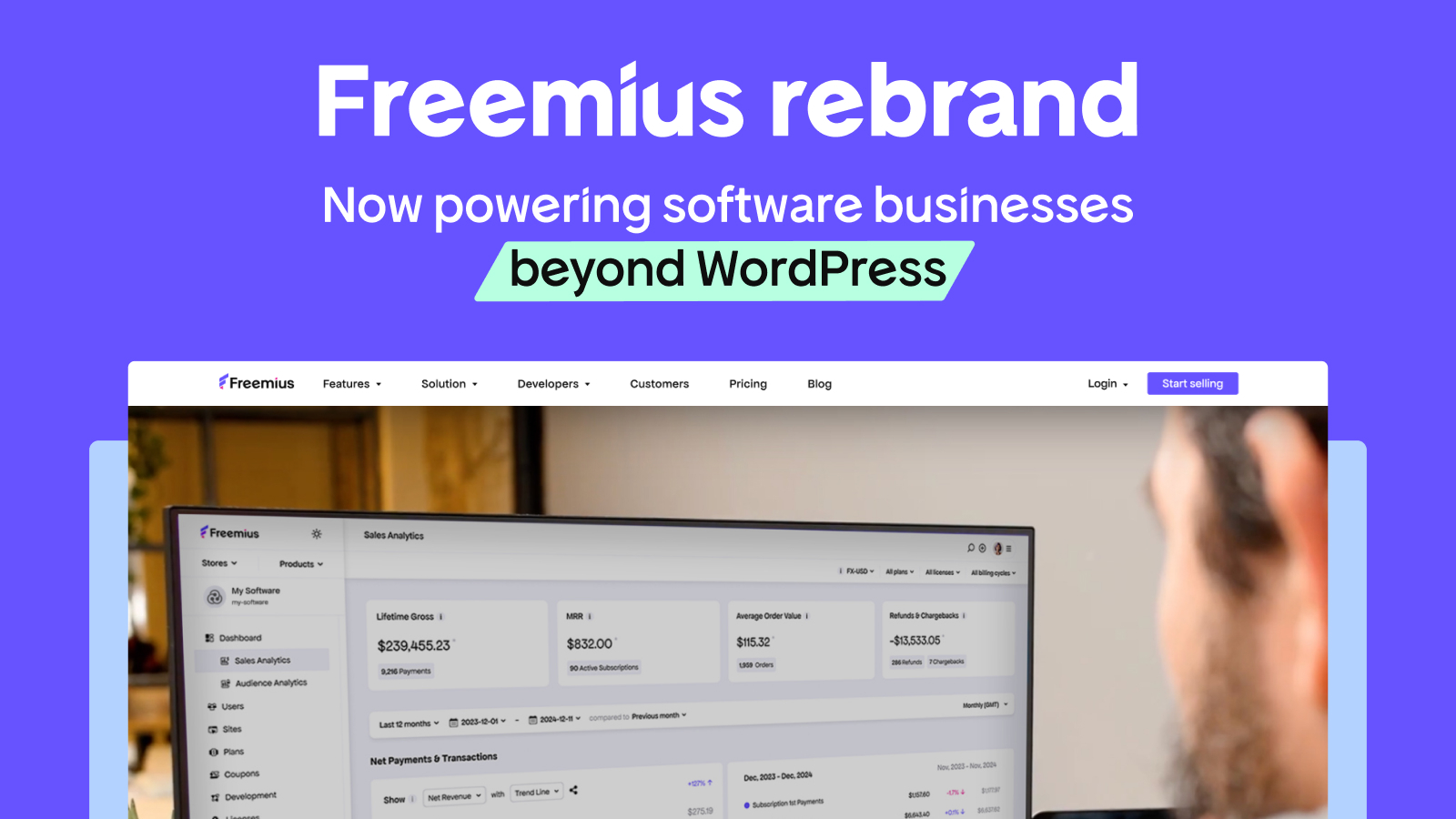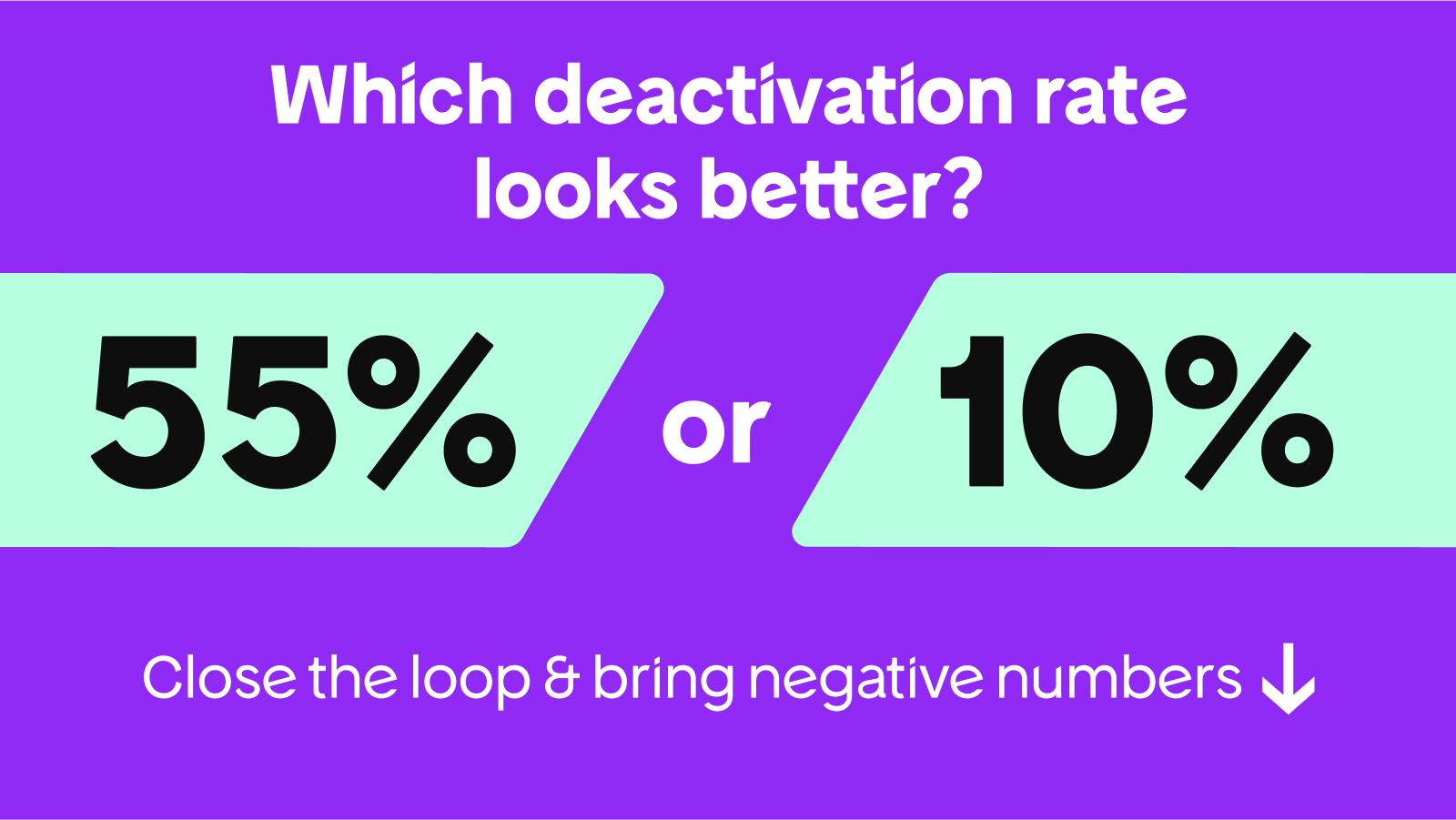|
|
Burnout is silently destroying many software makers.
Behind screens across the industry, makers are hitting walls they never saw coming. They’re exhausted, disconnected, and questioning why they started building in the first place.
The statistics are alarming: 83% of developers report experiencing burnout. What begins as passion turns into a grind, creativity dries up, and what used to energize you now leaves you empty.
This isn’t just about being tired. It’s about your business sustainability, product quality, and personal wellbeing being fundamentally threatened.
We chatted with two makers who’ve been through this and emerged stronger for it:
- Carl Jacobs, co-founder of Apicbase, knows what burnout looks like on both sides of the screen: in the kitchens his software supports and in the long days of building it.
- Andrew Hogue, co-CEO of NEUROFIT, turned his own burnout recovery into a product that helps founders regulate, reset, and build with resilience.
This guide shares actionable practices for identifying and beating software maker burnout before breaking under the pressure becomes inevitable.
The Warning Signals: How to Spot Burnout Before It Derails Your Business
Burnout doesn’t arrive with sirens blaring — it infiltrates silently. For most software makers, it follows a predictable pattern:
Early stage: The enthusiasm fades. You check Slack with dread. New feature requests feel like burdens rather than opportunities.
Middle stage: Your coping mechanisms fail. Sleep doesn’t refresh you. Weekends don’t recharge. Coffee doesn’t clear the mental fog.
Late stage: Total system failure. As Carl experienced: “I was staring at my laptop, completely unable to answer a single email. My brain had literally shut down.”

This progression isn’t rare. It’s an epidemic. The statistic mentioned above isn’t just a number. It’s the norm in which your peers and your competitors are rolled into.
The Burnout Diagnostic: 7 Signs You Can’t Afford to Ignore
- Product detachment: The software you once obsessed over now feels like someone else’s problem
- Motivation bankruptcy: Goals that used to excite you now generate nothing but exhaustion
- Cognitive fog: Decision-making becomes painfully difficult, even for routine choices
- Emotional numbness: Customer wins barely register while criticism cuts deeper than ever
- Physical symptoms: Sleep disruption, digestive issues, tension headaches that coding sessions never caused before
- Relationship strain: Short temper with team members, withdrawal from family, avoidance of social situations
- Identity crisis: As Carl describes it, “I tied my identity to my company’s success, so every setback felt personal”, turning business challenges into existential threats
Andrew from NEUROFIT describes this state as “that checked-out feeling, like fuzziness in the brain that isn’t easy to shake,” and attributes it to something measurable: allostatic load — the cumulative wear and tear on your nervous system from prolonged stress.
“It builds up,” he explains, “until you hit a wall and don’t know how you got there.”
Why Software Makers Are Uniquely Vulnerable
The software industry creates a perfect storm of burnout factors:
Role overload: Most founders toggle between developer, support agent, marketer, and salesperson hourly. Carl identifies support as his breaking point: “I took every complaint to heart. I was always in firefighting mode.”
Financial precarity: Runway anxiety compounds everything. “We were nearly out of cash. I was terrified we wouldn’t make payroll.”
Comparison culture: The constant stream of launch announcements and funding news creates toxic benchmarking. “It made me feel like I was always behind,” Carl admits.
Hustle glorification: The industry celebrates extremes. “I thought 16-hour days were the only way. All it did was burn me out.”
Emotional labor: For Andrew, the invisible cost was interpersonal taxation. “My nervous system is just sensitive to other people.” Even subtle tensions with family and friends compounded his leadership burden.
His core insight resonates across the industry: “Obsession might get you started, but it won’t keep you sane. You need a system that protects your energy if you want to keep going.”
Beating Software Maker Burnout: Real, Practical Solutions
If any of this feels familiar, you’re not broken. You’re overloaded. Beating software maker burnout starts with protecting your time and mental clarity instead of routinely putting out fires.

Reclaim Control Over Your Time
Define your “minimum viable workday”: Carl sticks to three essential tasks. Andrew uses a “daily metronome” — one meaningful improvement each day that leaves the business better than it was.
- For you, this might mean fixing a bug, cleaning up webhook logic, or rewriting a clunky onboarding flow — not just clearing your inbox
- A simple litmus test: Will it matter a week from now? If yes, it’s likely worth your energy
- To guide you to a path of productivity, Freemius CEO Vova Feldman opens up about the stresses of being a startup founder in How I Got Happier & More Productive: Actionable Tips for Busy Founders
Use time blocking to reduce chaos: Plan your day in focused chunks — support, dev, strategy — and build in buffer time.
- Block deep work sessions for high-focus tasks like coding or roadmap planning (ideally before noon)
- Group support and admin tasks into the afternoon to protect your mornings
- Assign a daily theme (e.g., “Marketing Mondays,” “Support Thursdays”) to reduce context switching
Set deadlines that are realistic, not aspirational. Carl used to chase aggressive timelines. Now, he builds in breathing room.
- Refactoring legacy code? Plan 2–3 days for development, 1–2 for debugging, plus time for review
- Rolling out a new feature? Budget time for code, UI, testing, documentation, and support — not just for the feature itself
Lean into time strategies that match your rhythm.
- Pomodoro (25/5): Great for repetitive work like customer support or documentation
- 52/17: Better for creative sprints like debugging or UX refinement
- Track your output in a Notion log or similar to surface when and how you work best
Match the method to the moment and don’t be afraid to mix it up.
Time Management at a Glance
| Technique | Best for | How it works | Tools/apps |
|---|---|---|---|
| Pomodoro | Repetitive or draining tasks | 25 min work, 5 min break | Focus Keeper, Tomato Timer |
| 52/17 | Deep, creative/dev work | 52 min work, 17 min rest | Focus Booster, Clockify |
| Time blocking | Structuring your full workday | Assign fixed blocks for task types | Google Calendar, Sunsama |
Apply the Pareto Principle. 80% of your results come from 20% of your efforts.
- Focus on what pushes progress: onboarding, conversion, churn
- Cut dead features, low-impact tweaks, and dashboards no one uses
- Keep a “nice-to-have” list, but don’t treat it like a roadmap. Revisit only when the essentials are done
Use your data. You can’t double down on what matters if you don’t know what’s working.
- Tools like Freemius give you product usage analytics and deep insights so you can cut the noise and focus where it counts
Schedule a monthly energy audit. What drained you? What drove results? What would you skip next time? It’s a sprint retro, but for your sanity.
Digital Detox: Rebooting Your Mental Bandwidth
Mental recovery isn’t a luxury — it’s an operating system upgrade. It’s how you catch the flaw before it ships. Hear the insight before it goes silent.
That’s why Carl builds disconnection into his day, starting with a walk and no phone in sight.
“It gives me a chance to clear my mind before diving into emails and meetings. Without notifications pulling me back into work mode, I can actually enjoy the fresh air and think more freely.”
And the benefits go beyond just a calmer morning. Before one major launch, Carl forced himself to take a rare weekend off. When he came back, he reviewed the product with fresh eyes and immediately spotted a critical flaw everyone else had missed.
“If I had kept pushing through, I probably wouldn’t have noticed it, and it could have cost us a lot of time and money. That moment proved to me that rest isn’t a luxury. It’s necessary for good decision-making.”
The numbers mirror his experience. And when remote work blurs the boundary between “on” and “off,” it gets worse — 86% of remote workers say constant connectivity exhausts them.
That’s part of why Andrew approaches recovery from the inside out. Starting with the body, not the mind.
This body-first approach inspired him to build NEUROFIT, a nervous system tracking app designed to help founders recognize burnout patterns and course-correct early.
![]()
Not hustle metrics — biology. Your body knows when to pause, long before your brain does.
Mental Reset Practices for Beating Software Maker Burnout
| Practice | Targets | Duration | Why It Helps |
|---|---|---|---|
| Somatic exercise | Nervous system | 2–3 min | Grounds your body, improves focus |
| Phone-free morning walk | Mind and focus | 15–30 min | Clears mental fog, breaks notification cycle |
| Device-free Sunday | Attention | 1 day | Reboots your bandwidth, reclaims presence |
| Daily no-input time | Mental clarity | 15 min | Helps process thoughts without digital clutter |
It’s not about going off grid or disappearing into the woods. It’s about redrawing the line between you and your product to protect your mental clarity.
These small shifts help:
- Delete Slack from your phone or use Focus Modes to block it until after your first deep work session
- Set email curfews. No heroic replies at 11pm. If it can wait ‘til morning, let it
- Step away on Sunday. Ship better on Monday
- Separate work from life online. Use a different browser profile for work to avoid context collapse
- Schedule daily no-input time. Even 15 minutes without screens or sound gives your brain space to decompress
- Mark a weekly off-call day. No support, no urgent flags. Even founders need a firewall
Stepping away isn’t failure. It’s how the fog lifts, and how you find your way back to sharp thinking and the joy of building.
Still, peace is hard-earned when your revenue feels like roulette…
Burnout by a Thousand Invoice Papercuts: Why Money Stress Hits Software Makers Hardest
Burnout often starts in your bank account.
You’re not building. You’re budgeting to the decimal. Launch to launch, sale to sale, chasing predictable, stable cashflow that always feels just out of grasp.
You don’t need more revenue… you need more reliability.
Revenue That Rescues: Diversify or Drown
Carl knows the feeling well.
“Income instability used to keep me up at night,” he says. “But diversifying our revenue streams helped.”
He’s not talking about VC-backed pivots or massive product lines — just stacking small, sustainable wins:
“One of the biggest stress relievers was introducing subscriptions in the first place,” Carl explains. “We built a system where customers paid us regularly. That made revenue more predictable and let us plan ahead with confidence. Annual plans, add-ons, and consulting came next; each one another rung in the climb out of financial freefall.”
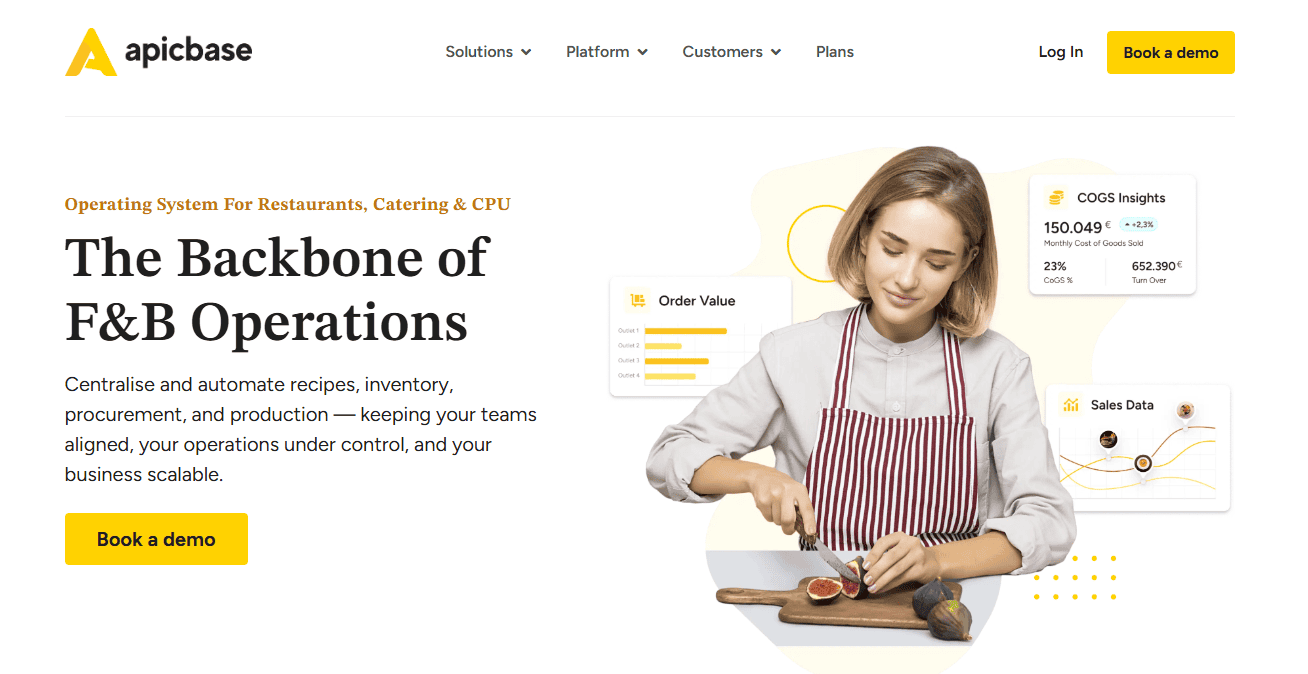
Andrew takes a more strategic approach, balancing short-term support with long-term product growth.
“What you’re building for the long-term usually won’t support you in the short-term,” he says. So, what worked for his product?
“We started training health professionals in our methodology. They began distributing our app to their clients, which created momentum on both sides of the business.”
More revenue streams mean fewer fires to put out. And fewer nights spent bracing for the worst.
Here are a few ways to diversify without doubling your workload:
- Stabilize your cashflow with subscription + annual plans: Start with monthly billing. Then reward commitment — 12 months for the price of 10 to get upfront runway and give buyers peace of mind
- Add upsells that scale without extra support: Think “Pro” features: advanced analytics, white-labeling, extra API calls. High perceived value, zero added burden
- Offer lightweight consulting or productized services: Run a 90-minute onboarding audit. Offer a custom config package or a paid strategy call. Short, scoped, and low lift
- Use lifetime deals wisely: They can fund a cash runway or major build, but cap them. Limit support, restrict scope, and protect future you
Knowing When to Spend (or Not)
Support, sales, strategy, scheduling. Software makers try to do it all until it fractures their judgment.
“I thought hiring help was too expensive,” Carl says, “so I handled everything myself.”
And the pressure inevitably took its toll. Rushing to meet self-imposed deadlines, he pushed a feature live without proper testing. “It was a mess,” he admits. “Fixing those bugs took way more time than doing it right would’ve. That was a turning point for me.”
He hired a virtual assistant to manage customer emails, scheduling, and repetitive tasks. The shift was immediate: more space to think, more time for strategy, and fewer days lost to operational quicksand.
Throwing money at the problem isn’t a guaranteed fix, though. Andrew learned this the hard way:
“We worked with a big-name PR agency. Huge cost, barely any traction. Then we tried Qwoted, a free HARO-style tool, and landed 25+ press placements. Turns out, aligning with journalists’ existing needs worked better than forcing a story no one asked for.”
The lesson? Don’t confuse spending with scaling.
Sometimes money buys clarity. Sometimes constraint does. The leverage is knowing the difference.
Smart spending vs. strategic bootstrapping
A sanity-first framework for software makers
| 💸 Invest when… | 🧠 Bootstrap when… |
|---|---|
| You’re spending 2+ hours/day on support, billing questions, or basic config.
Hire a VA or use autoresponders with HelpScout, Crisp, or ChatGPT-based macros. |
You’re only getting 1–2 support emails/day.
Use canned replies or a Notion/HelpScout help doc to deflect repeats. |
| You’re manually onboarding every user.
Use tools like Userflow or Appcues to build a reusable guided tour. |
You’re onboarding 3 customers/month.
Record a Loom walkthrough and drop it in a Notion quickstart guide — scrappy, effective, trust-building. |
| Your product logs errors weekly.
$30/month for Cronitor, Sentry, or Highlight saves hours of debugging and restores sleep. |
You’re getting <10 users/day and no crash reports.
Hold off. Monitor logs manually until patterns emerge. |
| Your editor’s full of TODOs marked “write docs later.”
Hire a freelance writer from Draft.dev or Contra to polish your docs so users stop getting stuck. |
Still shipping features weekly?
Skip formal docs. A changelog and developer notes will do for now. |
| MRR is steady (~$3–5K), but growth is flat.
Invest in CRO or small paid ads to test conversion and new channels. |
You’ve got fewer than 10 paying users.
Focus on product-market fit. Use calls, churn interviews — growth comes later. |
| You’re skipping strategy sessions to tweak spacing and icons.
Hire a UI contractor (Dribbble, Upwork, X) to handle design details while you focus on vision. |
Your landing page converts just fine.
Ship, don’t shine. Save the redesign until data says otherwise. |
| You’re drowning in international sales tax forms.
Let tools like Freemius handle EU VAT and US sales tax so you’re not chasing thresholds, keeping up with regulatory changes, or Googling tax codes at 2 am. |
You’re not yet selling in the EU or US and still flying under the radar.
Don’t get too comfortable. Stripe, Paddle, and Gumroad won’t save you from tax hell. Once your sales cross borders, you’re the accountant and every missed threshold could turn into a financial problem. |
Sanity scales better than stress. Budget accordingly.
The Role of Community and Support Networks in Beating Software Maker Burnout
It’s easy to believe the fog, the fatigue, the faltering is yours alone to fix. But as Andrew puts it:
“Viewing burnout through a body-based lens opens up a lot of room for discussion. You can think of it kind of like admitting your car is breaking down — not your skills as a driver.”
Your system needs maintenance. And connection is one of the best ways to recalibrate.
For Andrew, that support is both relational and physiological. “Loren and I — my wife and co-CEO — are glued together most of the time. As a husband, allowing myself to burn out isn’t an option. It impacts everything.”
And regulation goes beyond emotional support:
“We start by checking in with our bodies through our app, and we also do a somatic exercise for about 2–3 minutes each morning to switch on our physiology and improve morning focus. It takes almost no effort, but sets the tone for the entire day.”
Support doesn’t have to mean a co-founder or spouse in the trenches. Sometimes, just being in the room with others who get it — who’ve felt the same friction — is enough to lighten the load.
Carl learned that honesty is contagious. “Being open about burnout not only helped me personally, but it also changed my company culture.
“When I admitted to my team that I was struggling, it encouraged them to do the same. We started having honest conversations about workload and stress — and made small but meaningful changes, like setting realistic deadlines and discouraging late-night emails.”
Here are some simple ways to build that kind of connection into your founder journey:
- Join a peer group or mastermind and be consistent about meeting up (whether in person or digitally)
- Tap into communities that speak your language. The Freemius makers’ community Slack group is one such space: real makers, real-time advice, and the kind of camaraderie you won’t get from scrolling solo
- Check out broader spaces like Indie Hackers and MegaMaker
- Schedule monthly check-ins with a fellow founder or product friend
- Try founder therapy or coaching. A space to reflect, process, and recalibrate
- Name the struggle when it shows up. Burnout hides in silence. It loses power when spoken aloud
You’re not broken. You’re not alone. And you’re not the only one figuring it out as you go.
Sustainable Software Success Starts With Guarding Against Burnout
Redefine what success means. It’s not about squeezing in more hours. It’s about making sure you still want to show up tomorrow.
Start with the basics: move your body, get sunlight, give your brain space to reset. Know what drains you. Guard your mornings. Protect your evenings.
And choose tools that give back, not take more. Platforms like Freemius lift the weight of admin stress — from taxes to licensing to analytics — so you can stop firefighting and start strategizing and delegating with clarity.
Because beating software maker burnout isn’t about bouncing back. It’s about building better from the start.


